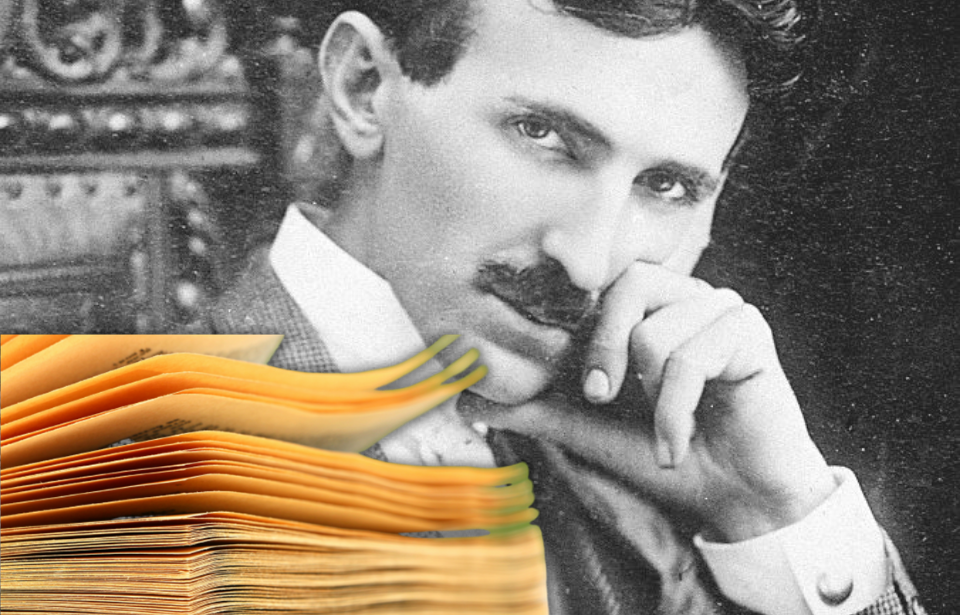Nikola Tesla was a world-renowned Serbian-American inventor best known for his advances in electrical engineering. He was brilliant and eccentric, and newspapers around the world constantly covered his inventions. One of his most notable and controversial creations was the “Death Ray.”
Teleforce – AKA, the “Death Ray”
Nikola Tesla was not a fan of warfare. The inspiration behind Teleforce, better known as the Death Ray, was the hope of putting an end to it. The device was said to have the ability to create an invisible wall of energy that would protect a country from invasion and could shoot down an airplane from 250 miles away.
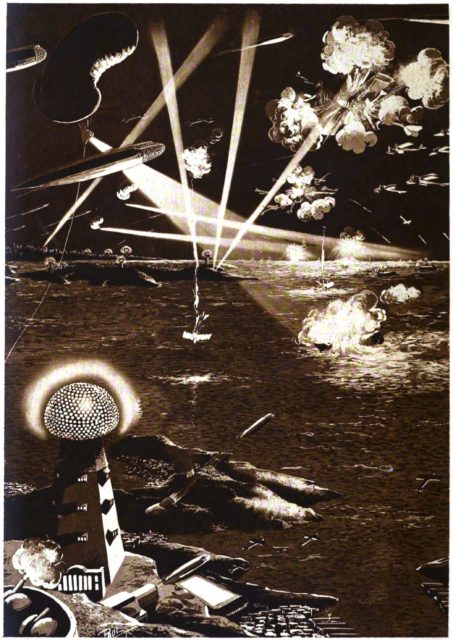
It would harness a beam of metal ions, hurtling at 270,000 MPH, with a punch of 100 billion watts in just one one-hundred-millionth of a square centimeter. As such, it could be an extremely powerful and game-changing weapon for whichever country had access to it.
From 1915-onward, Tesla dedicated most of his time to the project. He never provided much proof that the device actually existed, but his reputation and success with electrical power made people believe it without actually seeing it.
The papers bandit
By 1943, Tesla was 86 years old, poor, and generally unwell. He hopped between New York hotels, only staying until he could no longer afford the bill. He typically holed himself up in his room and kept a “Do Not Disturb” sign on the door.
One morning, when a cleaning woman entered to do her job, she found Tesla dead on the floor, wearing nothing but his socks.
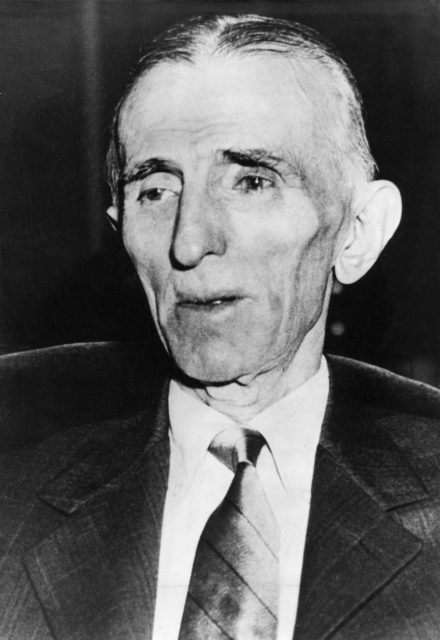
The next morning, Tesla’s nephew and heir, Sava Kosanović, rushed to the hotel. When he arrived, it appeared someone had already gone through his uncle’s possessions. Looking through what remained, Kosanović found Tesla’s safe and had a locksmith open it. Inside, he found a black notebook. This, he took with him.
Kosanović was an up-and-coming Yugoslav official and US authorities suspected he had ties the country’s Communist party. Despite being the rightful heir to Tesla’s possessions, officials considered arresting him for theft of the notebook. Instead, two days after his death, the US Office of Alien Property (OAP) entered the hotel room and, despite Tesla being a naturalized US citizen, confiscated the rest of his belongings.
Fact or fiction?
John G. Trump, an electrical engineer with the National Defense Research Committee of the Office of Scientific Research and Development, was asked to investigate the papers confiscated by the OAP. The US government hoped to use the blueprints for the Death Ray to their advantage and gave Trump three days to analyze Tesla’s work.
Unfortunately, his findings were disappointing.
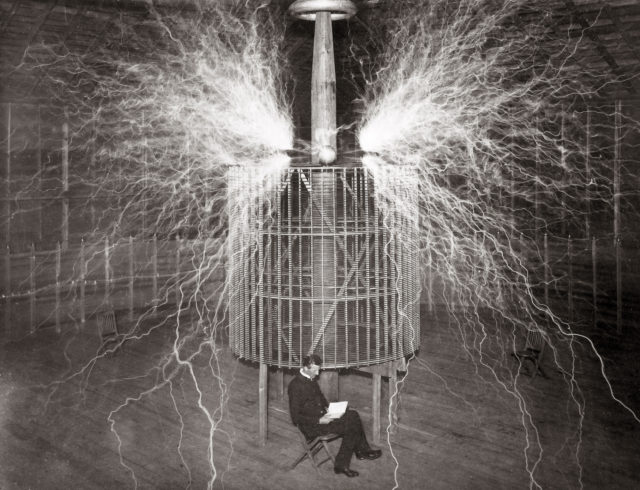
Trump declared Tesla’s work to be “speculative, philosophical” and of a “somewhat promotional character,” with no sound workable principles or useable methods to realize any tangible results. As Trump was a respected intellectual, many dropped their hopes for the Death Ray. Others, however, continued to believe Tesla had made a scientific breakthrough – it was just a matter of bringing his theories and invention to life.
Project Nick
Following World War II, there was a renewed interest in beam weaponry. Under the command of Brig. Gen. Laurence Cardee Craigie, “Project Nick” was established to test the feasibility of Tesla’s invention. The project was heavily funded and provided copies of Tesla’s blueprints to operate.
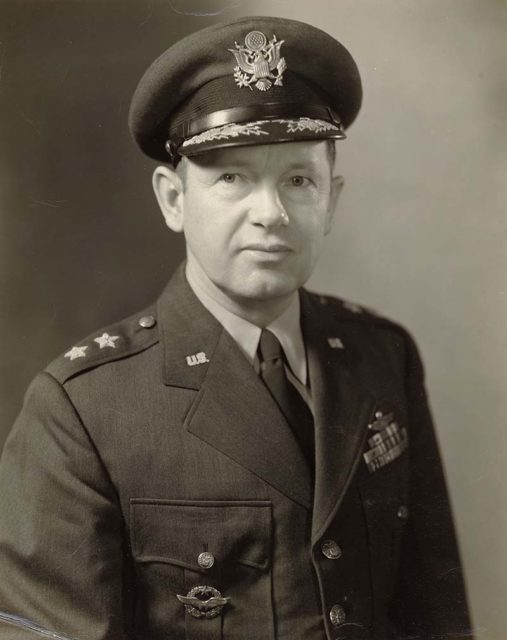
Ultimately, Project Nick was abandoned. The details of the experiment were never published, and the copies of Tesla’s blueprints went missing.
Soviet access
After the failed Project Nick, the FBI agreed to release some of Tesla’s papers back to his nephew, who had them placed in a museum in his uncle’s honor in Belgrade, Yugoslavia. Under President Josip Broz Tito’s strict Communist regime, it became extremely difficult for Western scholars to gain access to the papers, and oftentimes that access with limited.
Tito was more sympathetic to Soviet scientists who were looking to study the papers, giving them easier access to the museum.
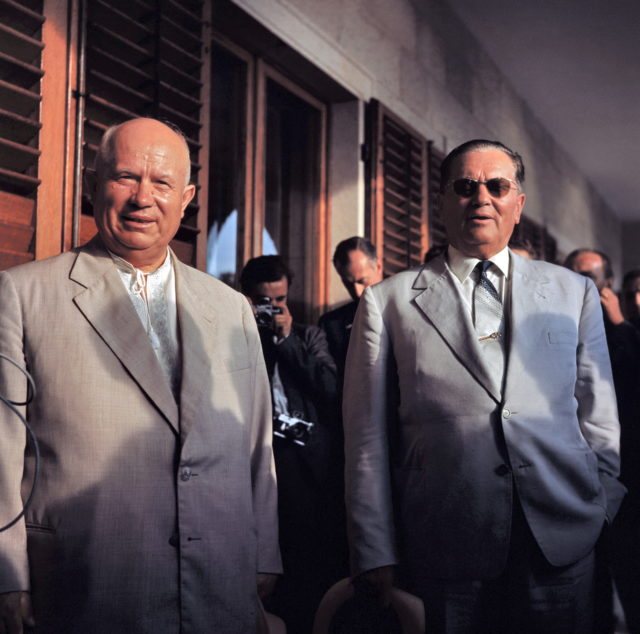
With easy access to Tesla’s papers, the Soviet Union instilled fear in the US government. Soviet leader Nikita Khrushchev would announce allusive statements about Soviet weapon development, such as “a new and fantastic weapon was in the hatching stage.” This made the US extremely nervous, wondering if the Soviets had been able to do something with Tesla’s papers that they hadn’t: harness the power of lethal beam weaponry.
Ronald Reagan and ‘Star Wars’
In the 1980s, US President Ronald Reagan created the Strategic Defense Initiative – nicknamed “Star Wars” – inspired by the concept of Tesla’s Death Ray and particle beam weaponry. Many believe the US government’s continued interest in Tesla’s theories may explain why some of his papers are still missing to this day (see below).
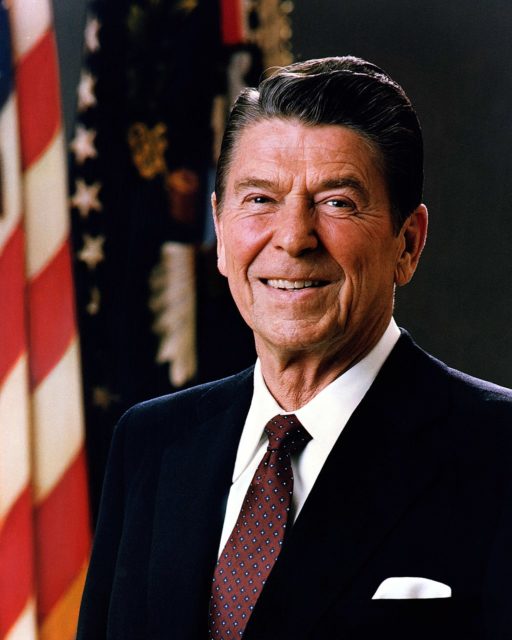
Over the course of a decade, billions of dollars were invested into the “Star Wars” program, despite nothing notable coming from it. Overall, it is widely considered to be a failure.
Releasing the trunks – but not all?
In 2016, approximately 250 pages of Tesla-related documents were declassified and released back to the Nikola Tesla Museum in Belgrade. When the OAP originally emptied his hotel room, they confiscated 80 trunks worth of belongings. When giving the museum back his belongings, the FBI only returned 60.
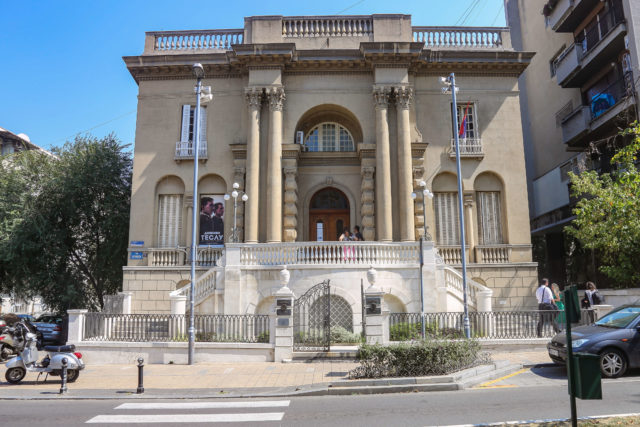
More from us: Book Delves Into Gruesome Crimes of Victorian Women Sent to Broadmoor Hospital
It is possible they were able to squeeze 80 trunks worth of stuff into just 60? For many, it’s believed a lot of pages are missing from the 250-page file shared with the public. Does the FBI have these missing papers, or did someone take them from Tesla’s hotel room before US officials could get their hands on them? It might be a mystery that’ll forever remain unsolved…
